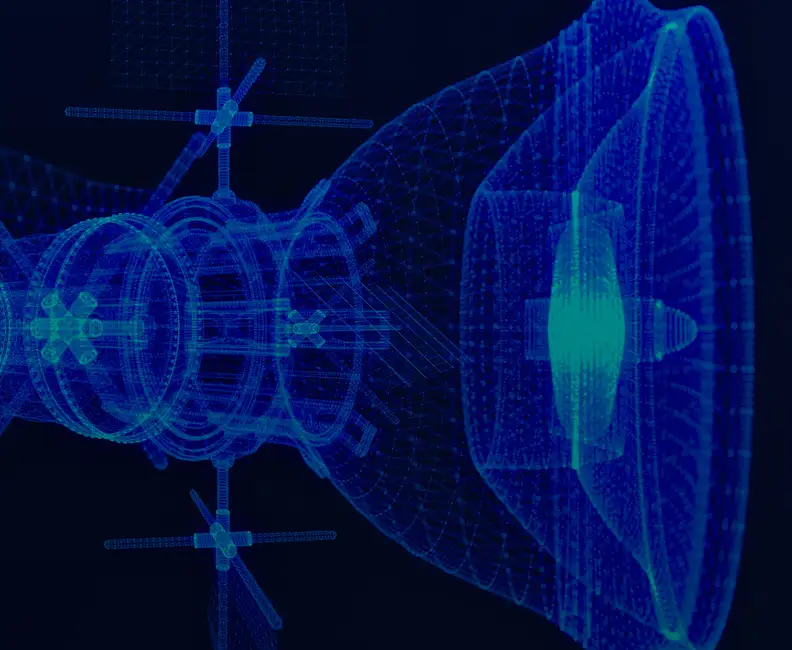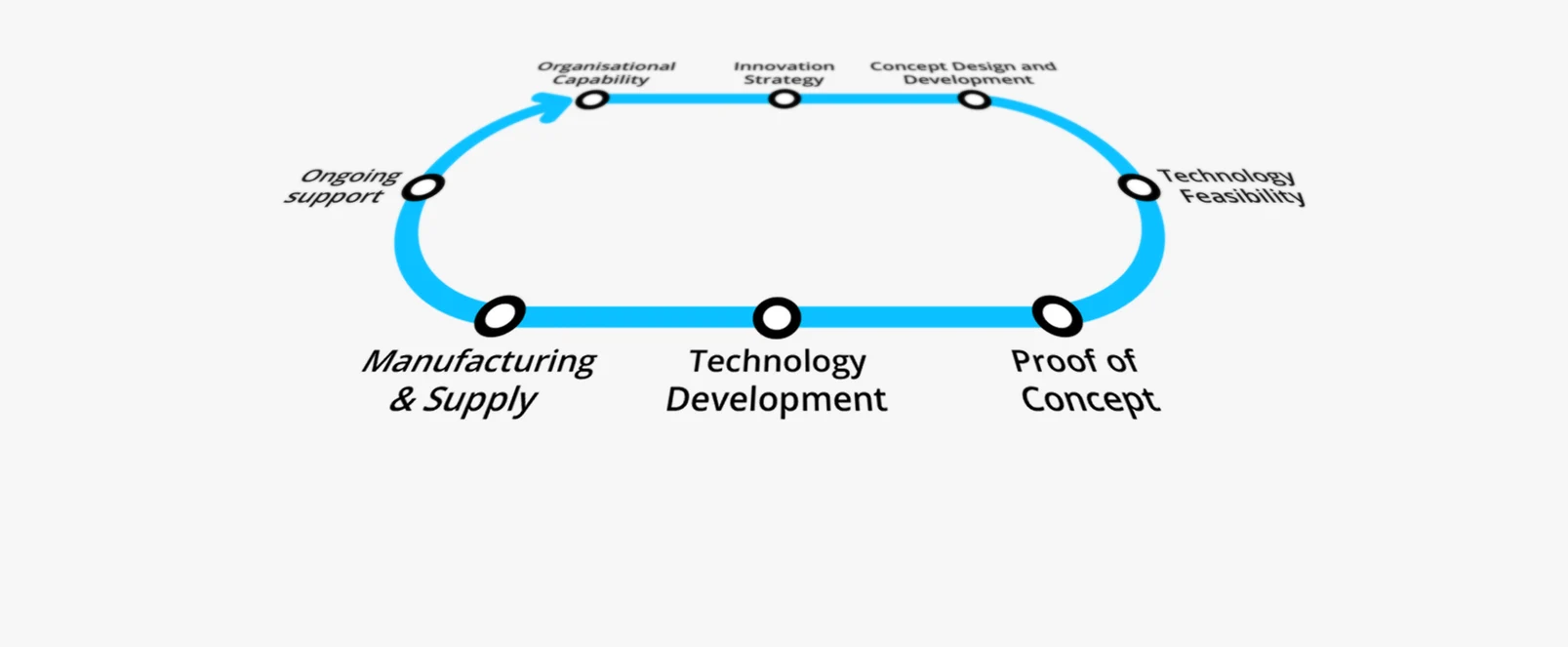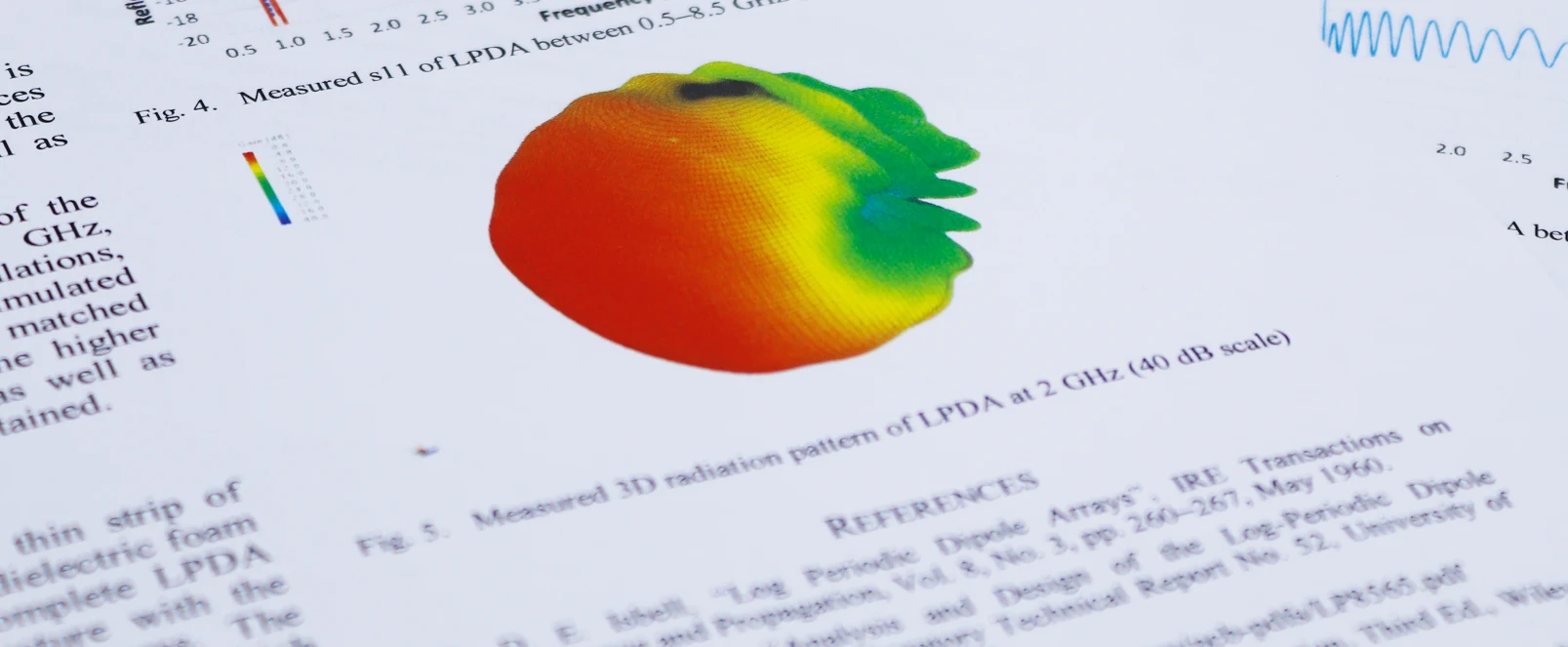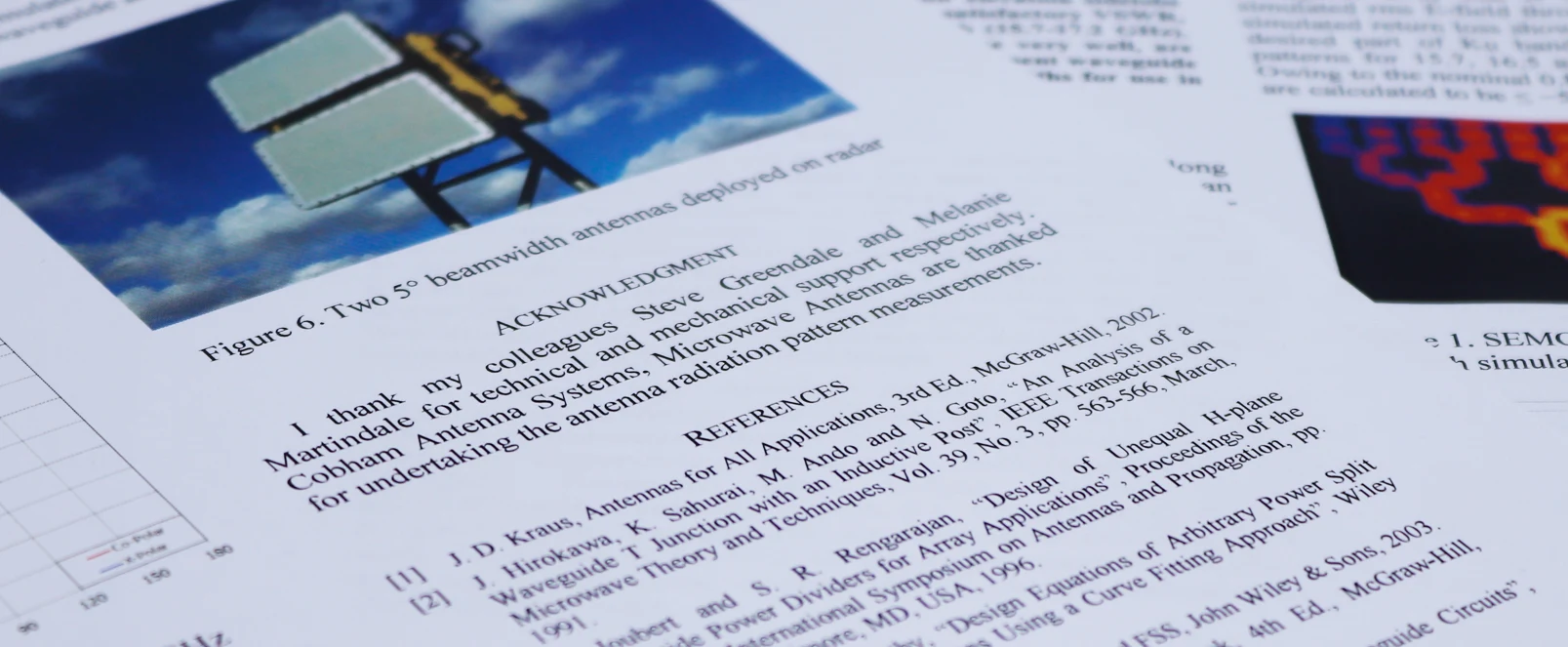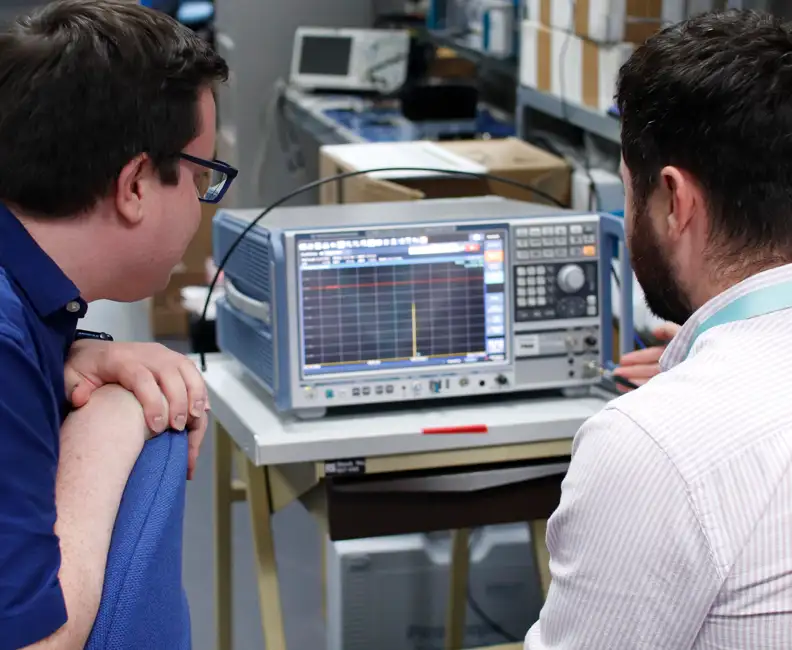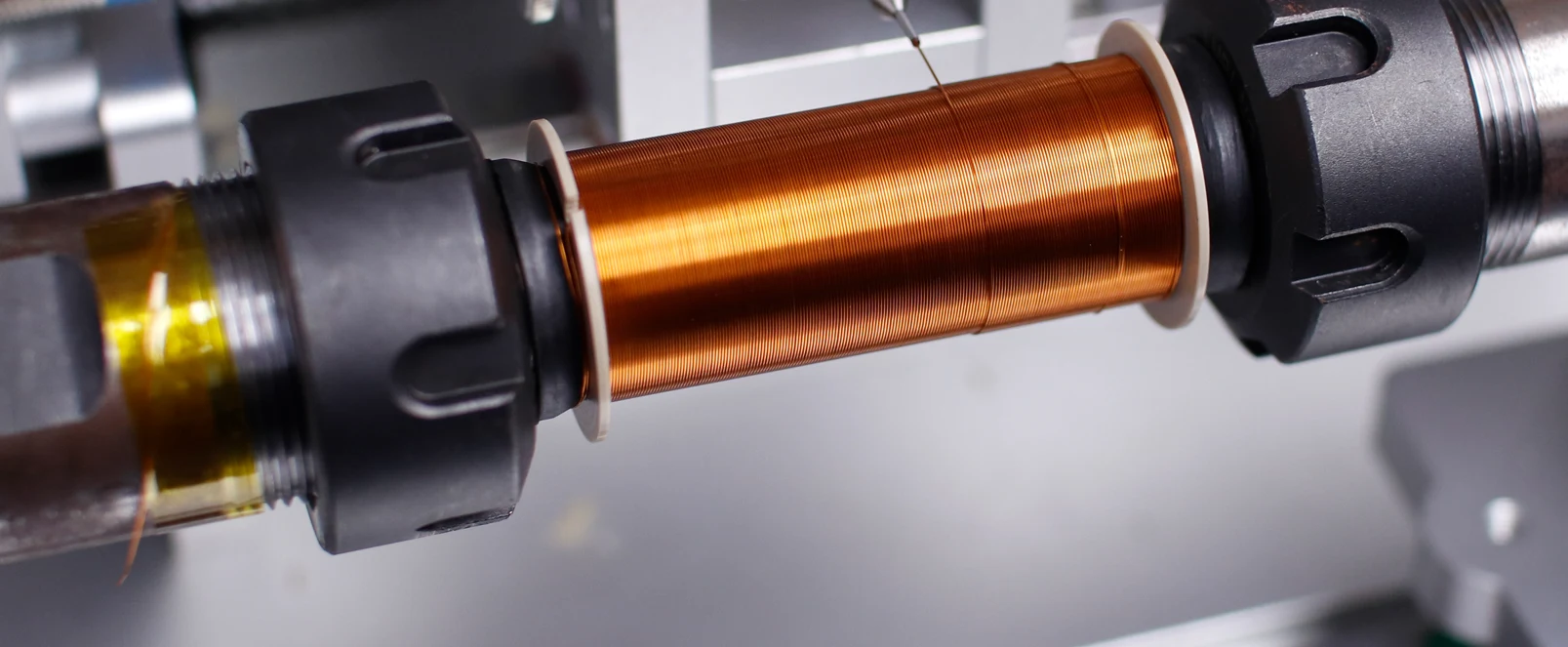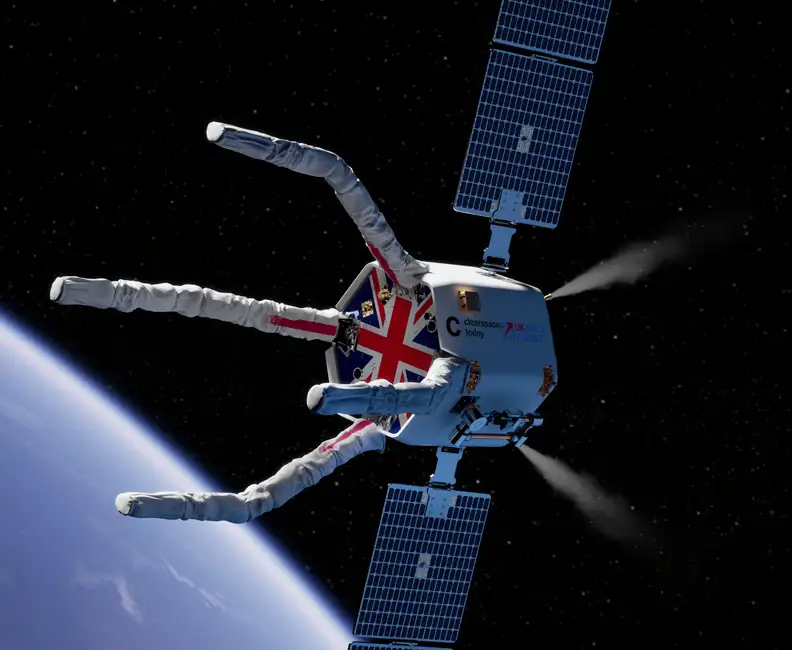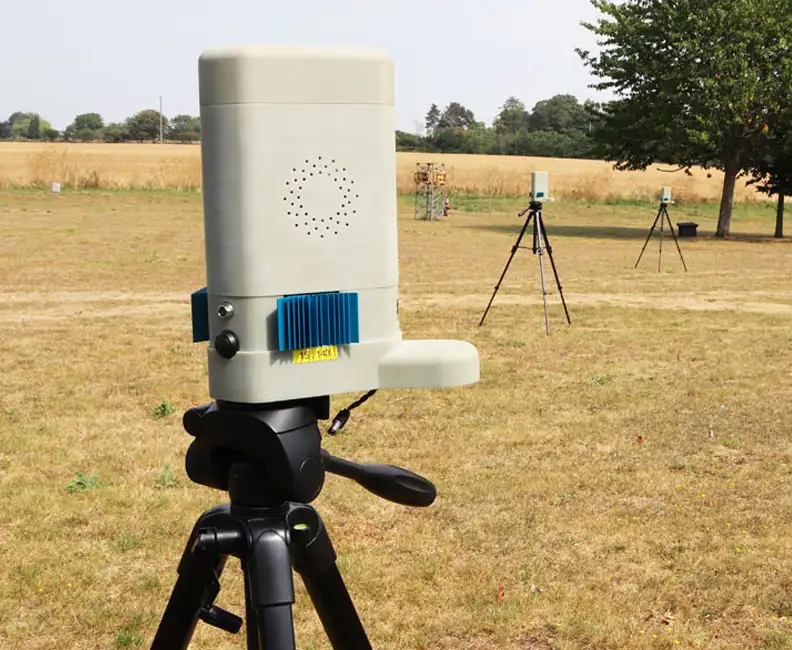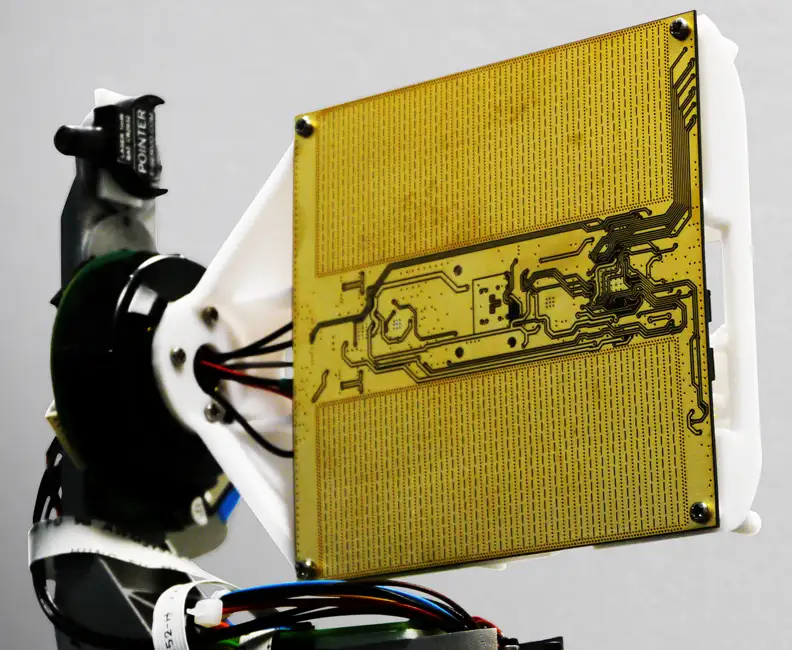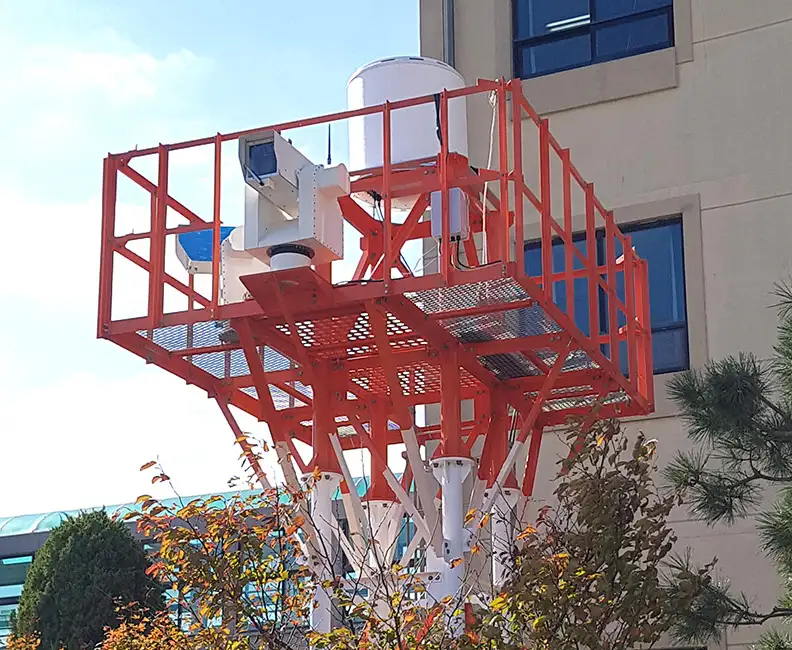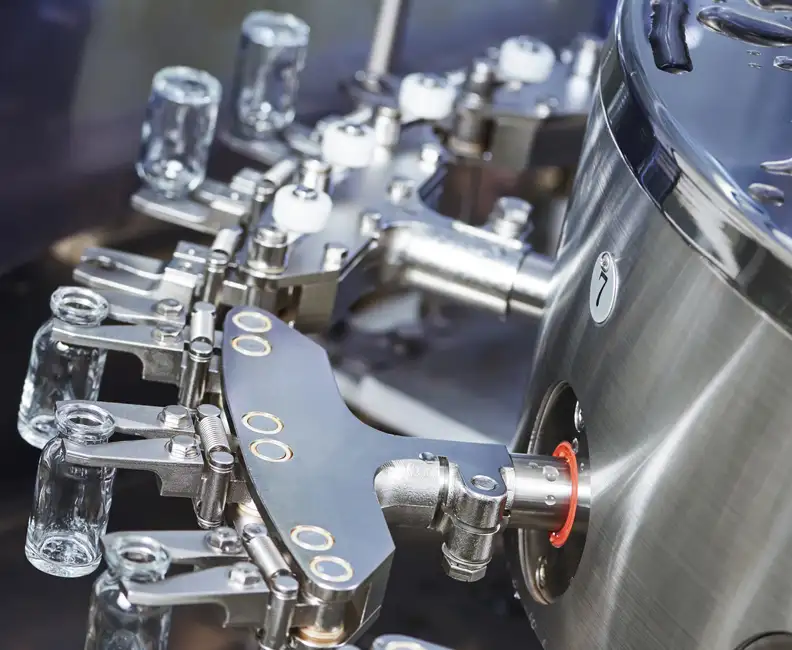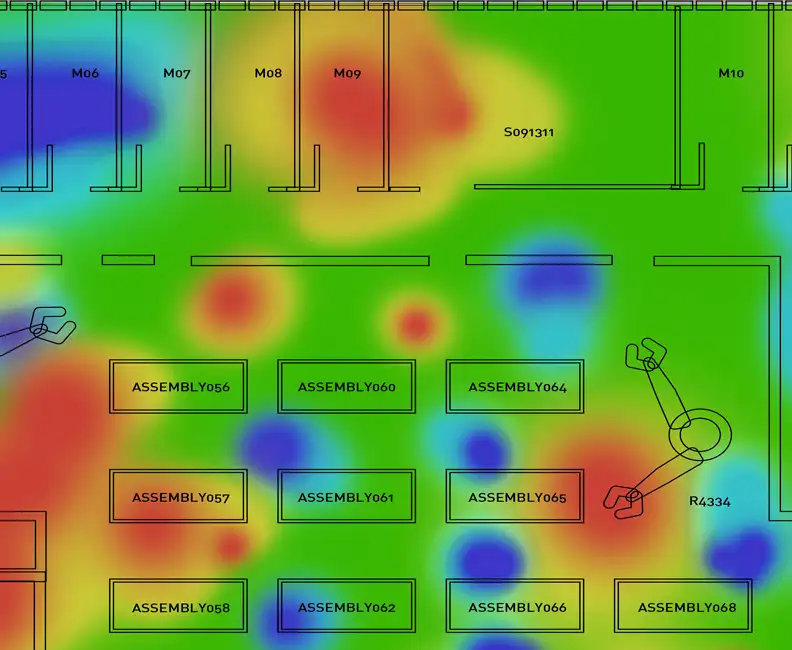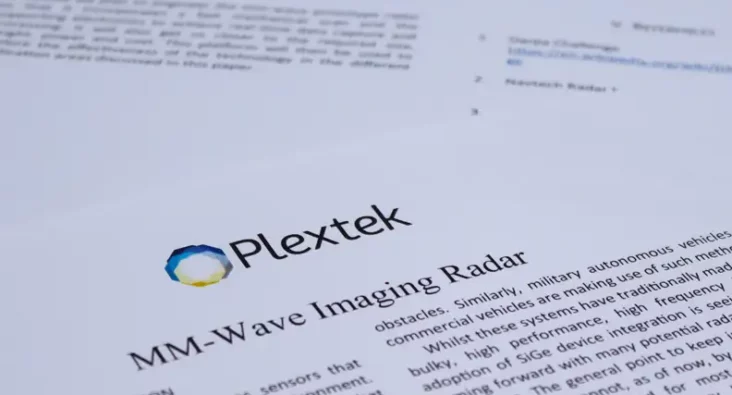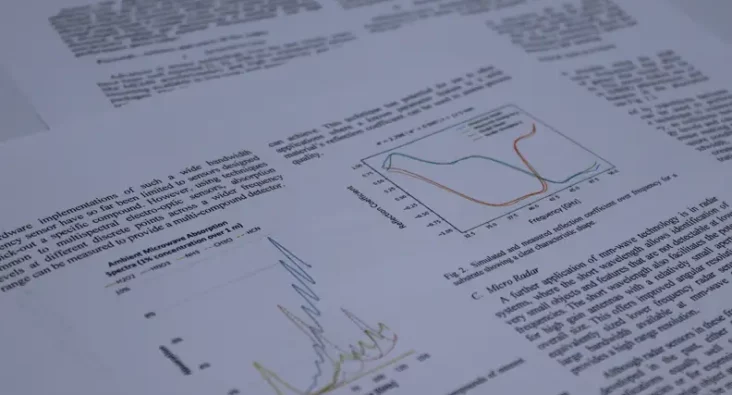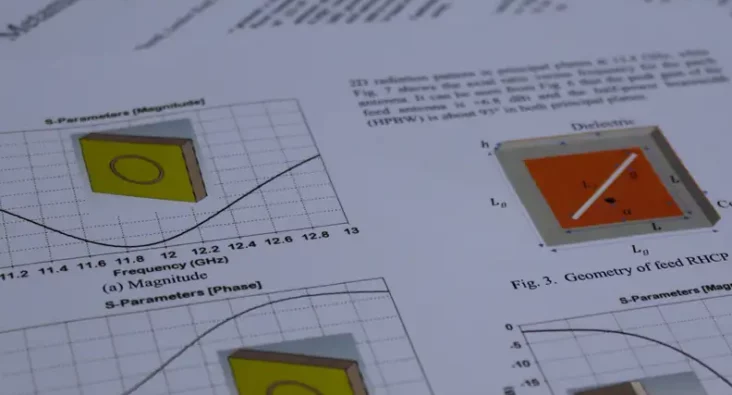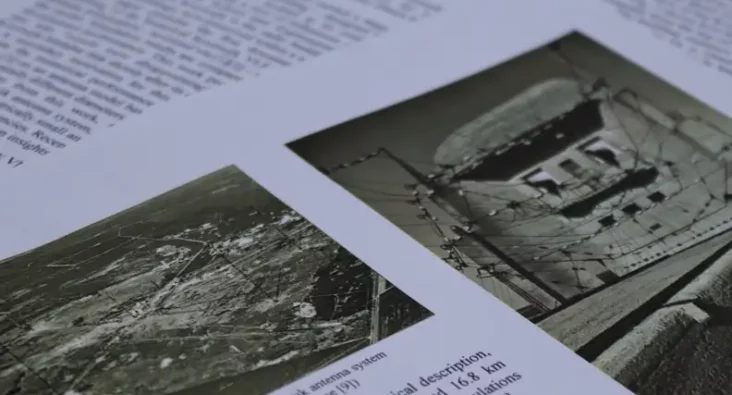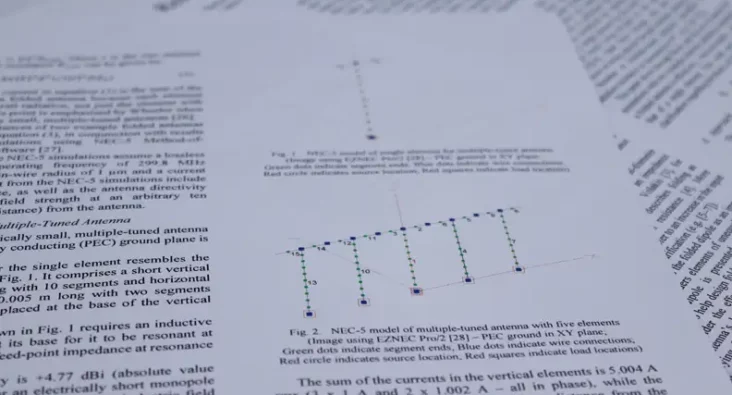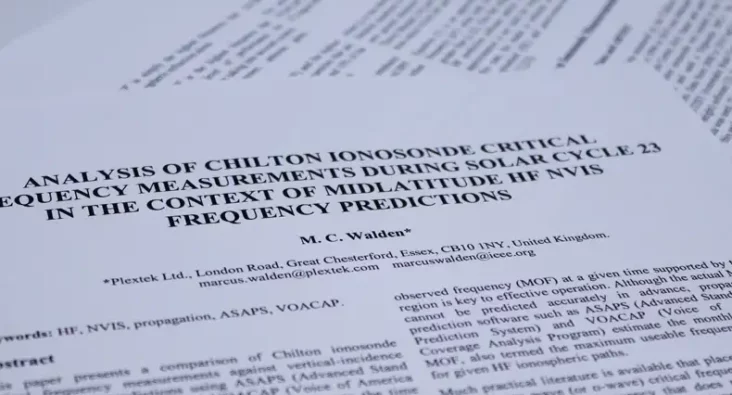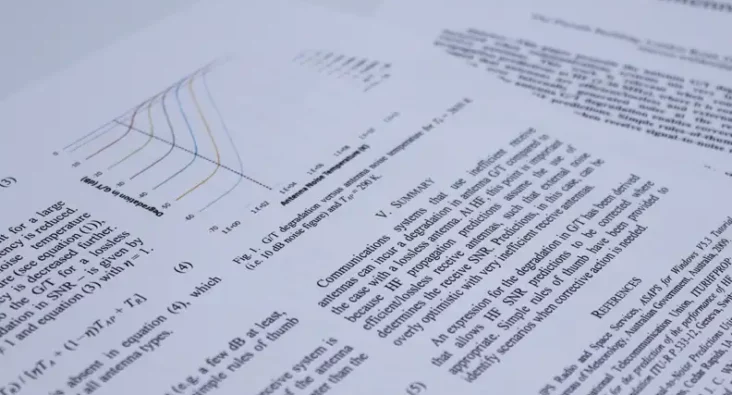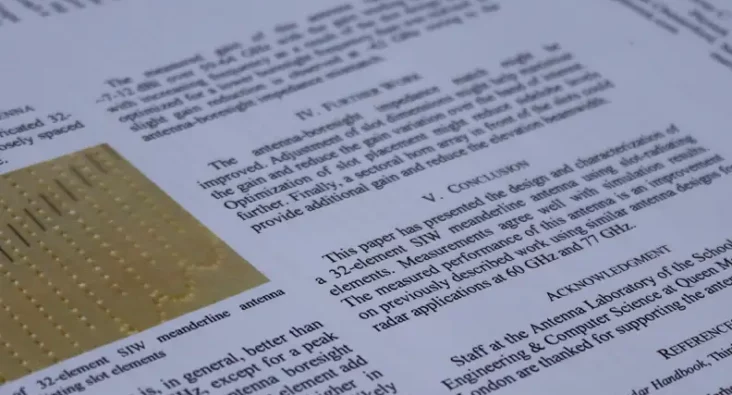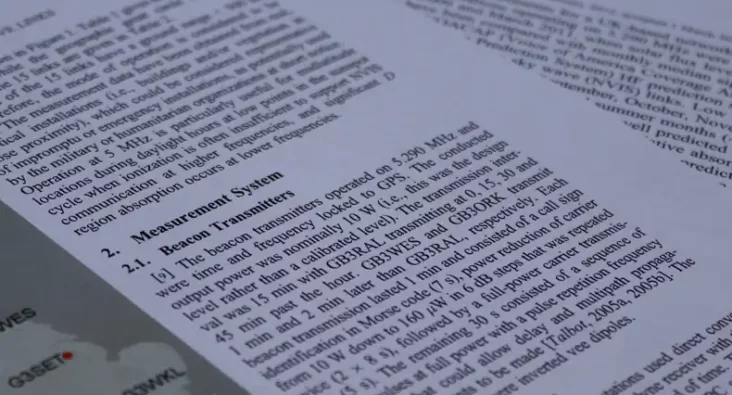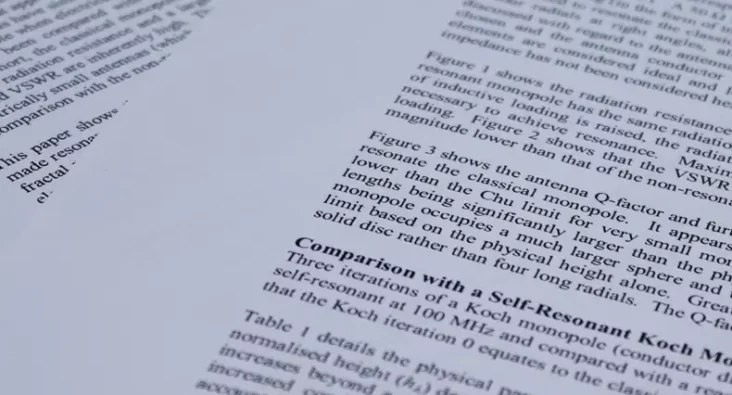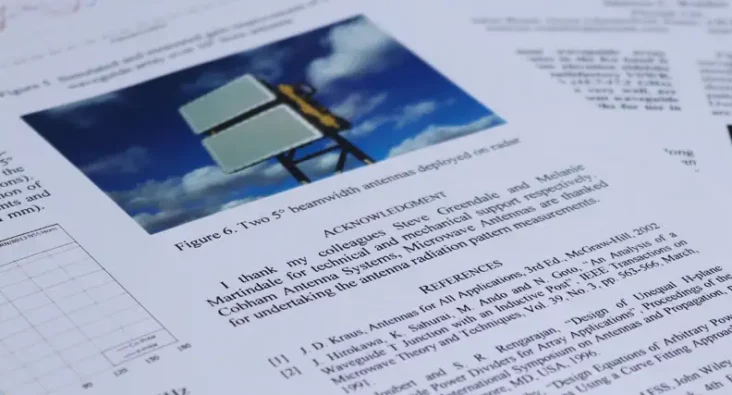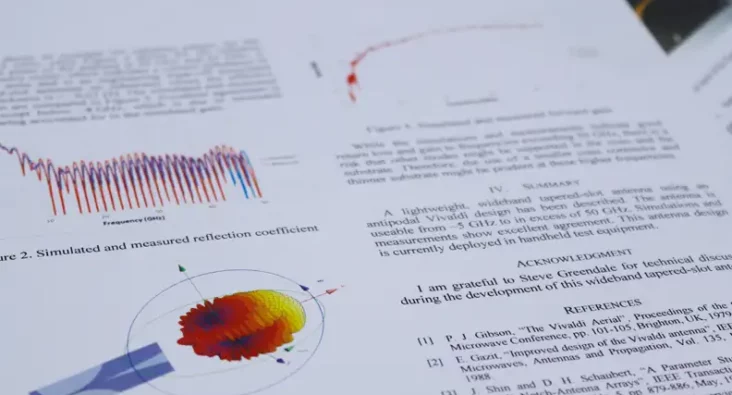
Written by Richard Jacklin
Commercial Lead
Advancing space technology solutions through innovation
At Plextek, we are at the forefront of addressing complex engineering challenges within various markets, including Space, Defence, Security, Transport, MedTech, and Consumer.
We have a team of highly skilled engineers and consultants who specialise in delivering innovative solutions to enhance products and processes for a diverse range of clients.
Our focus on space technology
Our longstanding presence in the aerospace industry spans over 35 years, where we have carved a niche for ourselves by developing low size, weight, and power (SWaP) solutions and in recent years have tailored designs for the harsh environment of space. Our expertise extends to areas like radio communications, radar, and antenna solutions, making us a trusted partner for clients ranging from start-ups to blue-chip companies.
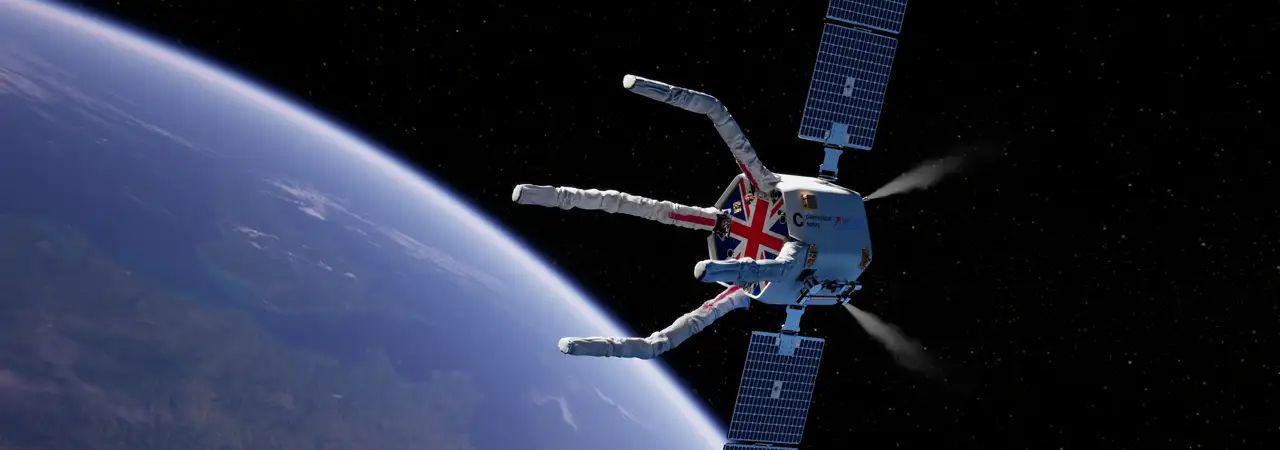
Innovative solutions addressing industry challenges
One of the challenges faced in the industry can be finding skilled engineers, which could impede progress despite the vast market opportunities available. Plextek provides the solution, with on-demand access to our highly skilled engineers.
Embracing spectrum management
We excel in radio spectrum usage, propagation, and interference management, particularly in adjacent communication technologies like Wi-Fi, ZigBee, cellular, satellite, and defence-based systems. Our expertise and experience also extend to radio spectrum usage in space, on the ground, and space to & from ground.
Cyber security in satcoms
With the growing reliance on satellite communications, the importance of cyber security cannot be overstated. Robust security measures to safeguard critical satellite communication infrastructure must be a priority, ensuring data integrity and confidentiality.
In the face of ever-evolving space sector challenges, our dedication to pioneering solutions ensures that our advances in technology drive the industry forward, solidifying our role as key innovators in space exploration and satellite communications.
Richard Jacklin
Business Development Manager
Partnerships and future endeavours
Beyond our core operations, we actively engage with industry events and conferences, supporting organisations like the Satellite Application Catapult, UK Space Agency, and the European Space Agency. Our continuous dedication to innovation and growth is evident through collaborations aimed at tackling complex challenges in space technology, driving industry advancements, and contributing to the future of space exploration and satellite communications.
Our role in advancing space technology solutions is paramount in an industry where innovation and efficiency are crucial. Through our cutting-edge platforms, and collaboration with industry partners, we continue to make significant strides in the space sector, shaping the landscape of satellite communications for the future.
Downloads
View All Downloads- PLX-T60 Configurable mmWave Radar Module
- PLX-U16 Ubiquitous Radar
- Configurable IOT Framework
- MISPEC
- Cost Effective mmWave Radar Devices
- Antenna Design Services
- Plextek Drone Sensor Solutions Persistent Situational Awareness for UAV & Counter UAV
- mmWave Sense & Avoid Radar for UAVs
- Exceptional technology to positive impact your marine operations















